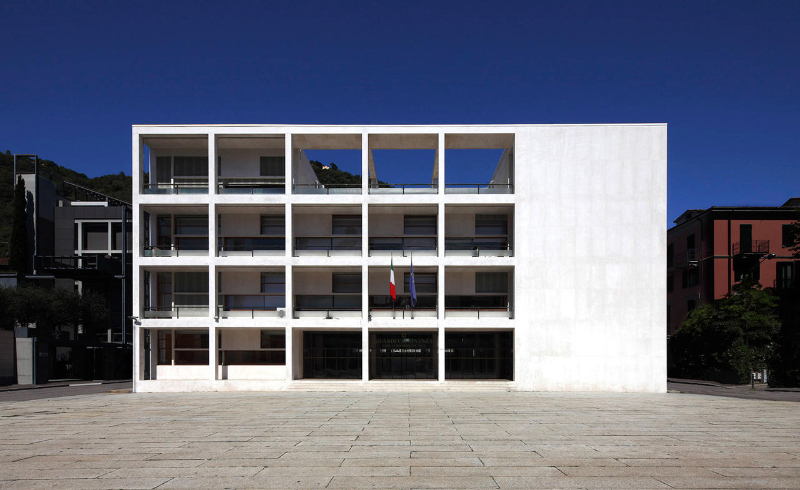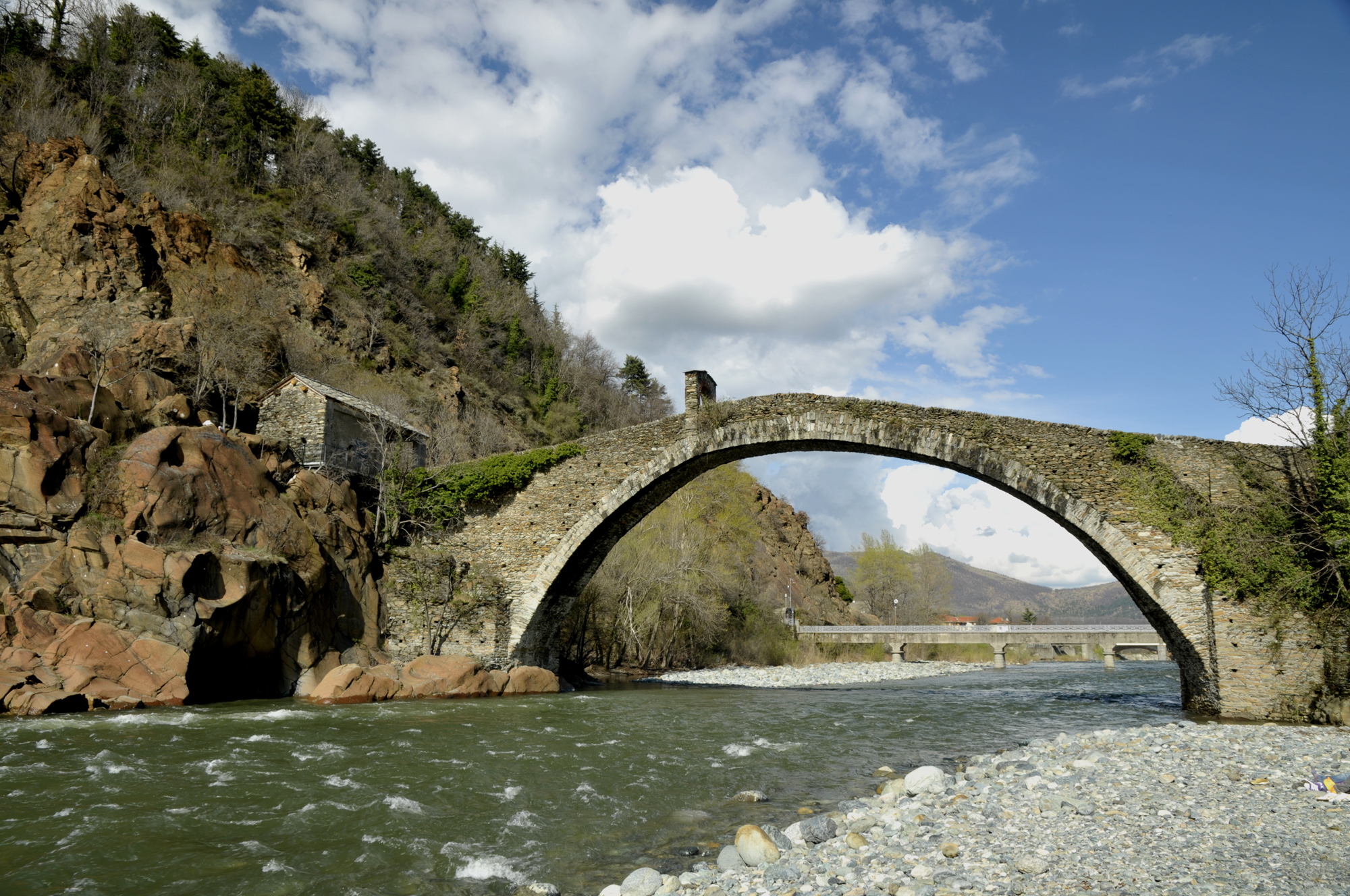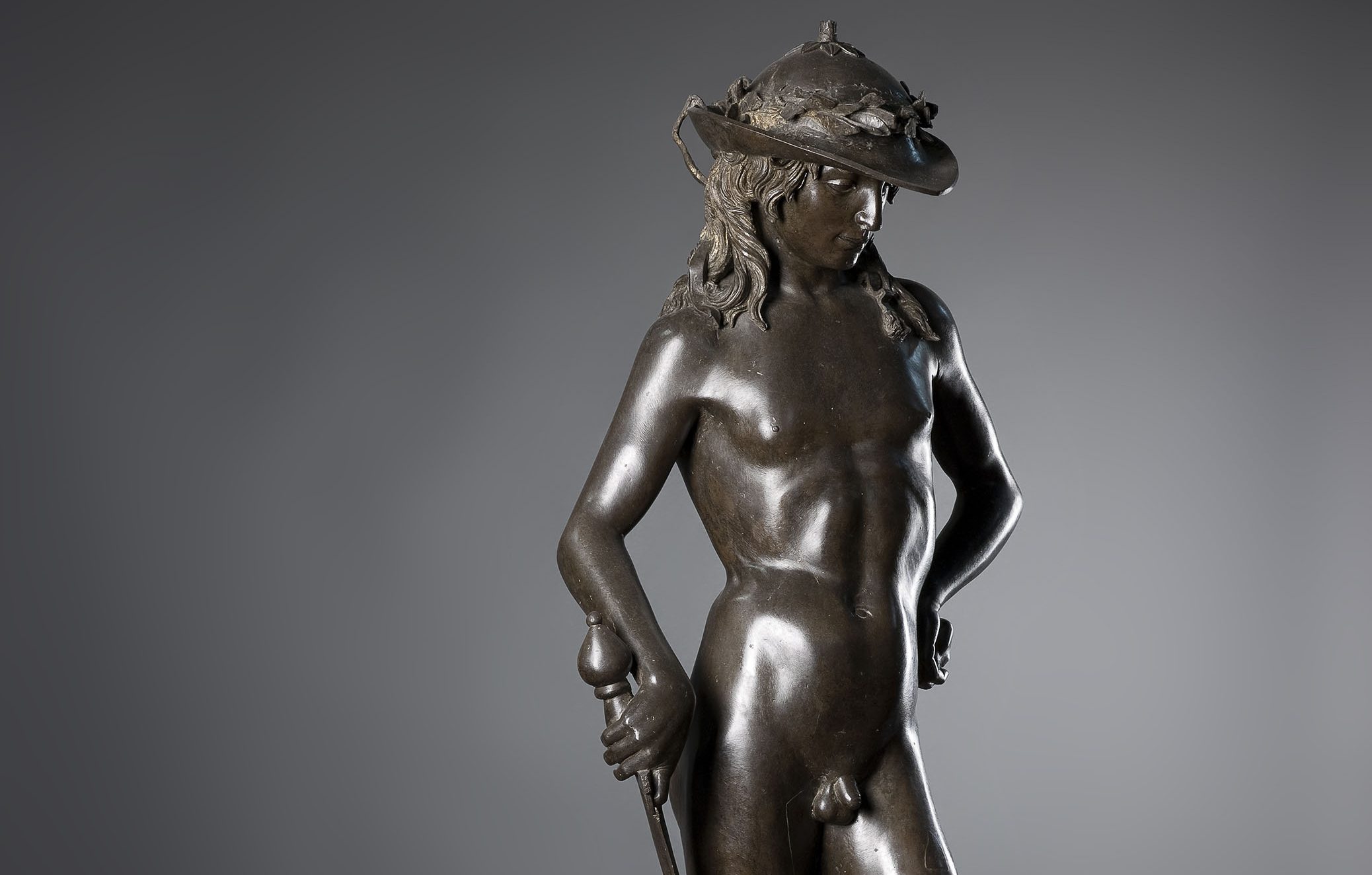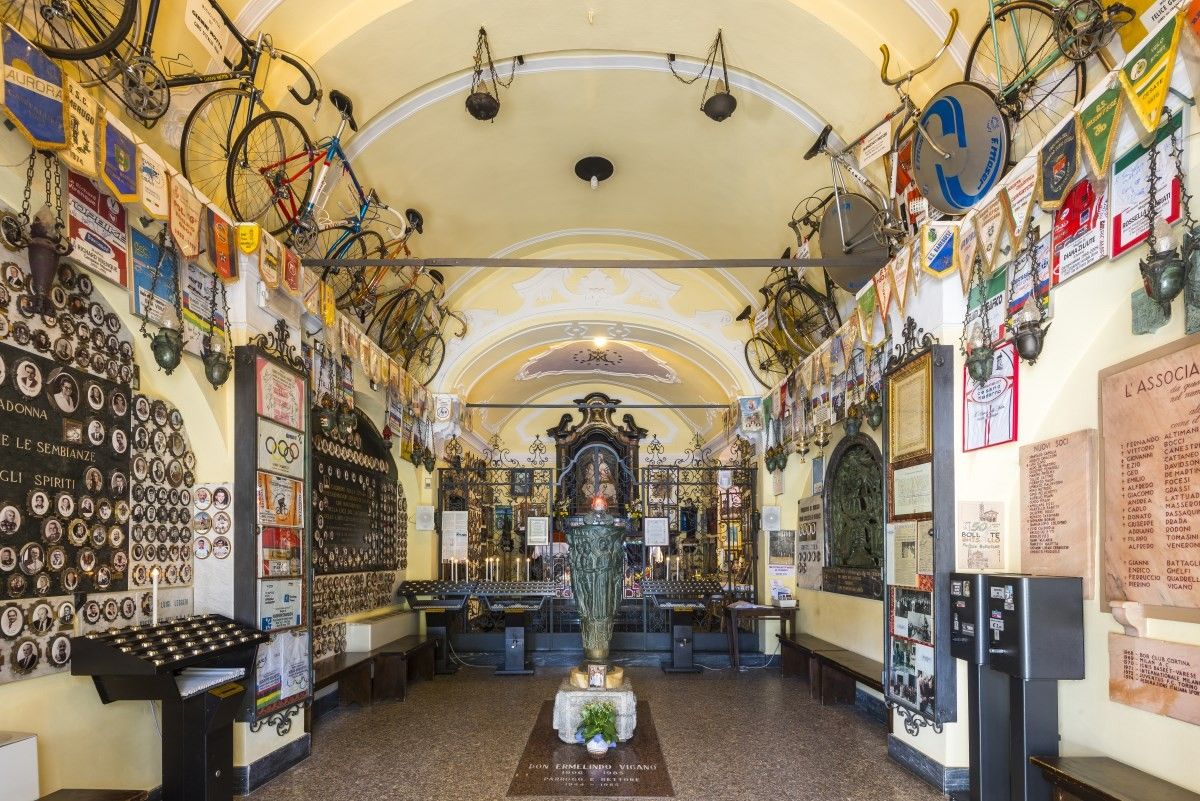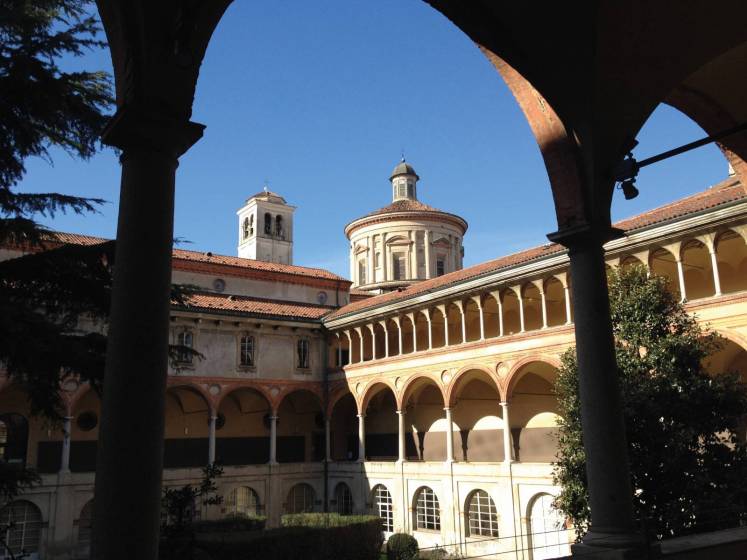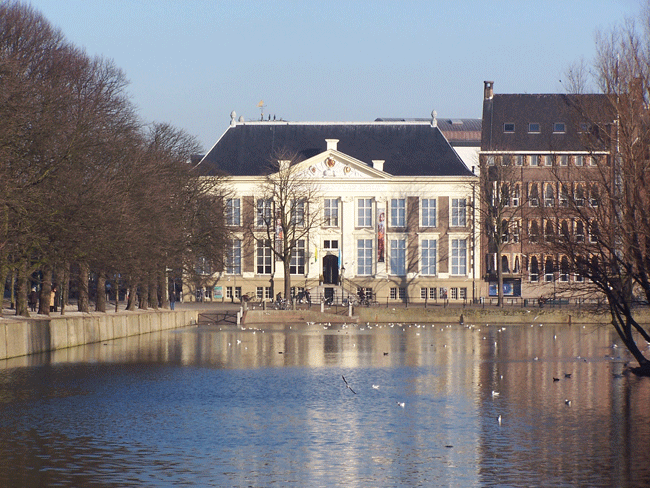Casa del Fascio which sits in front of Como Cathedral is the work of the Italian Fascist architect Giuseppe Terragni. Built as the headquarters of the local Fascist Party, it was renamed Casa del Popolo after the war and has since served a number of civic agencies, including a Caribinieri station and a tax office.
Planned within a perfect square and half as high as its 110 foot width, the half cube of the Casa del Fascio established the pinnacle of strict rational geometry. Looking like a giant Rubik’s Cube, the building is a serious game of architectural logic. Each of the building’s four facades is different, hinting at the internal layout and rhythmically balancing the open and closed spaces. On every side except the south-east elevation which articulates the main stair, the windows and the external layers of the building are employed in such a way to express the internal atrium.
The entrance opens on the central hall, a sort of covered courtyard overlooked by the Directory room, the offices and the landings. Light floods in divided in separate beams, which become larger where the rooms so require. The feeling of closeness is overcome by the use of light, which, constantly controlled and adjusted, gives continuity to the inner space and, at the same time, strengthens the relationship between inside and outside.
Terragni also designed the furniture: chairs, armchairs and shelving, as well as details such as handrails, doors, windows and shutters, staircases and bathrooms. The result is a unicum, where each detail is an architectural item taking part in the life of the whole, the pattern of a table is the same as the pattern of the building. Furnishings are designed to be reproduced, and this is something new for that time: until then, architects-designers had designed mostly interiors of houses. Here, objects mix walnut, oak, beechwood or pinewood with tops in grey, green, white, black, and blue opal glass.
Mario Radice was commissioned to design the chandelier in the reception room on the first-floor and some panels decorated with images of political propaganda, which are now lost.
